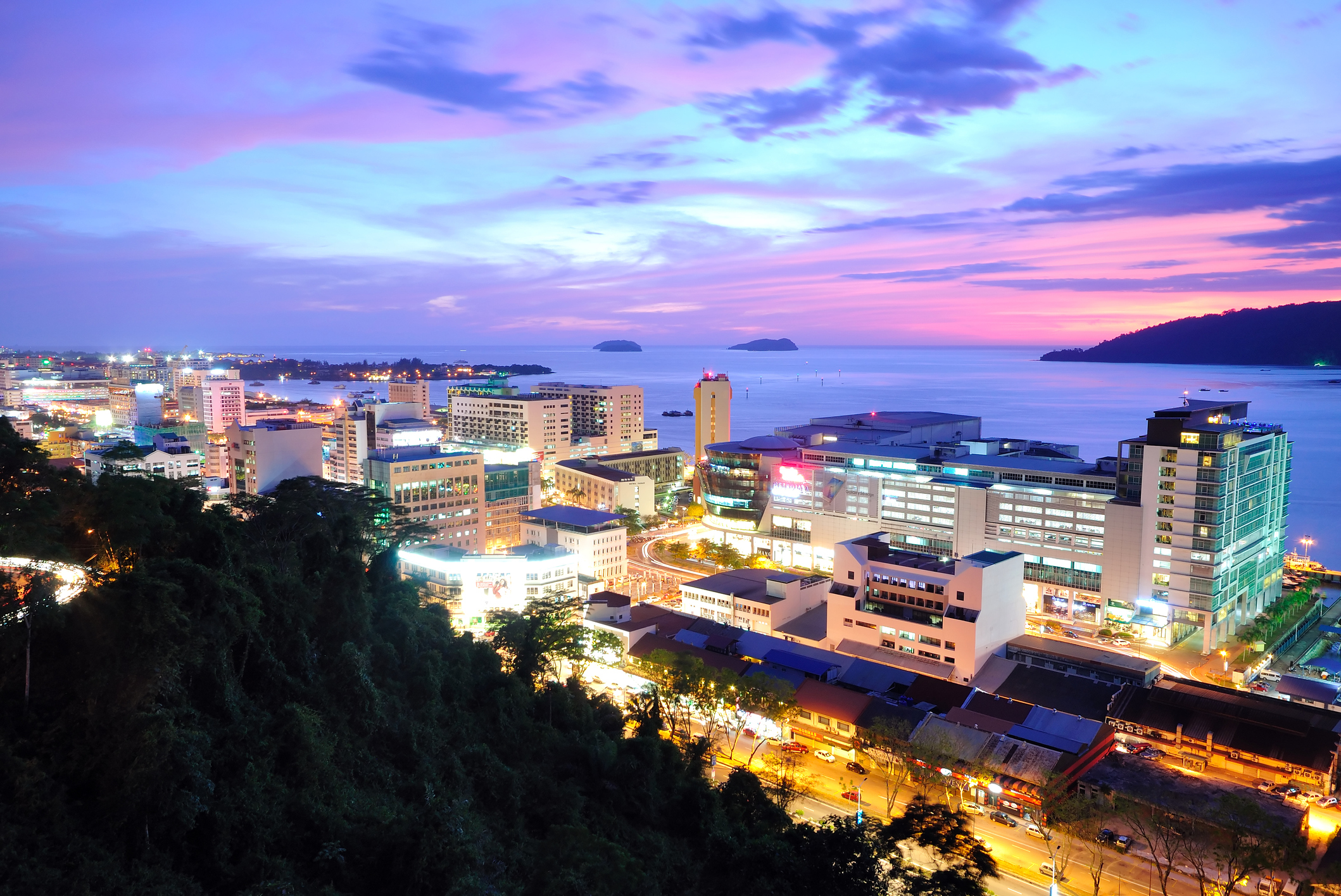
Maliau Basin
Often referred to as Borneo’s “Lost World”, the Maliau Basin’s hostile geography has kept the rest of the world out for 130 million years. Its isolation has allowed a cornucopia of endemic species to thrive undisturbed – from flesh-eating pitcher plants to clouded leopards – and those are just the ones we know about.
Try to picture yellow meranti trees over 90 meters tall, flesh-eating pitcher plants as long as your arm, and parasitic flowers as big as car tires – all of it living in near-darkness beneath a canopy so thick the sunlight can barely penetrate. No, it’s not some fantastic enchanted forest, but the Maliau Basin – also known as Borneo’s "Lost World".
The Maliau Basin is one of the least explored regions on earth, and from the air, it’s easy to see why. Nearly 400 square kilometers of jungle ringed by a 1,675-meter escarpment, the basin’s unique geography and impenetrable jungle (combined, perhaps, with the proximity of Borneo’s ferocious headhunting tribes of bygone times) have kept it almost completely inaccessible for millions of years. Indeed, the Basin was only “discovered” in WWII, when a pilot almost flew into the cliffs of its protective escarpment.
Much like the Galapagos Islands that first piqued Darwin’s interest, the Maliau Basin’s isolation has made it a unique and self-contained evolutionary pocket. There are thousands of species here found nowhere else in the world – and countless more waiting to be discovered. And with 50% of the Basin still unexplored, who knows what else could be hiding deep in the forest?
Though it’s still mostly uncharted, today there are a few small camps, observation towers, and around 70 kilometers of hiking trails. Still, it’s hardly Picadilly Circus. It’s a long haul to get here, facilities are basic, and leeches are plentiful – but the rewards are huge. The chances are you'll only be sharing your lodgings with research scientists. How many places can still say that?

